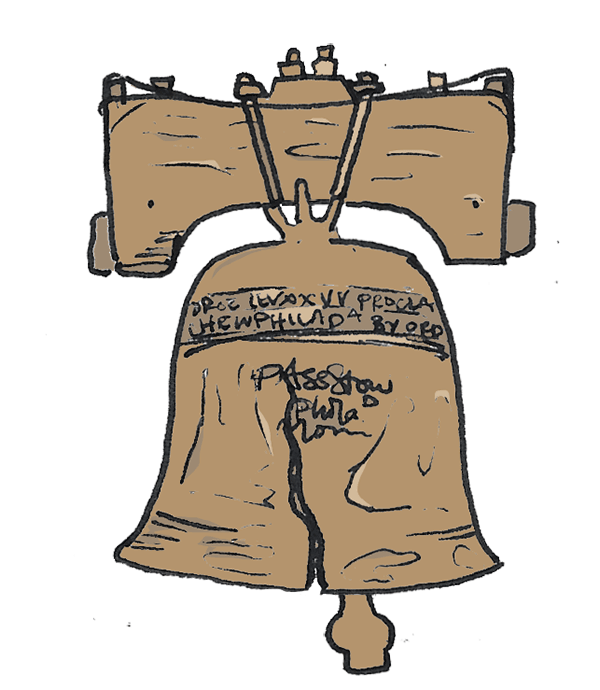Clinicians: Education, Training and Point of Care Resources


It is clear that pain management in general and utilizing opioids are major challenges for the medical community. Clinician education for achieving the optimal outcome for individuals suffering from these conditions is crucial for all stakeholders at all levels, from medical school and residency, through continuing education; and must involve primary care, specialists, mental health providers, pharmacies, emergency departments, clinics, and patients. The push to increase opioid education must come from citizens, medical schools, academic medical centers, accrediting organizations, and possibly state legislatures.
In this section you will learn more about the professionals involved in the opioid epidemic:
1. Clinician in training
2. General Information
3. Continuing Medical Education
4. Point of Care Resources
Content will be in various forms including articles, infographs, interviews, links to other websites, videos and other media forms.
Addressing PA's Opioid Crisis: What the Health Care Team Needs to Know (CME)
Session 1: Opioid Prescribing Guidelines for Non-Cancer Pain
Session 2: Naloxone
Session 3: Referral to Treatment
Session 4: PA-PDMP
Session 5: PA-PDMP – Be smart. Be safe. Be sure
Session 6: What Health Care Teams Need to Know – Alternatives to Opioid Therapy
Prescription opioid medications serve an effective role in pain management, but the growing abuse of these drugs has reached epidemic proportions in Pennsylvania. To fight back, the Pennsylvania Medical Society has created a public advocacy program called: Opioids for Pain: Be smart. Be safe. Be sure.
This program has several simple goals:
-
Reduce opioid abuse and overdoses
-
Educate patients about the safe use of opioids and the warning signs of addiction
-
Help physicians prescribe opioid drugs with more precision and less potential for abuse
The key points of the opioids for pain program:
-
Be smart — Patients should know the risks of opioid use when they receive a prescription. No one plans on becoming an addict, but many do by ignoring dosage limits and frequency.
-
Be safe — Patients should be instructed on how to use opioids for moderate to severe pain and warned not to save extras or give them to friends or relatives. Physicians are encouraged to write smaller prescriptions with fewer refills. The PAMED website has a link to find where to safely dispose of leftover medications.
-
Be sure — Patients should be told of the early signs of addiction or abuse and how to protect themselves from addiction, including how to avoid it and where to turn if they feel they may have developed a problem.
American Society of Addiction Medicine
Guidelines and Consensus Documents
Patient Guide & Resources
Standards and Performance Measures
Medical professionals play a key role in the proper use of opioids and use disorder treatment. Learn more about the available resources.
Safe Opioid Prescribing HHS
DoD Opioid Prescriber Safety Training Program
Treatment of opioid dependence
Providers’ Clinical Support System For Medication Assisted Treatment
We are a national training and mentoring project developed in response to the prescription opioid misuse epidemic and the availability of newer pharmacotherapies to address opioid use disorder. The overarching goal of PCSS-MAT is to make available the most effective medication-assisted treatments to serve patients in a variety of settings, including primary care, psychiatric care, and pain management settings. Web-site
Medical Professonal Checklist
This form will provide a checklist to assess the competencies of medical professionals who are engaged In the treatment of pain and related disorders and prescribe opioids.
Checklist for Medical Schools and related professional organizations.
Professional Organizations
Safe, Effective Pain Management
Provide your patients with safe, effective pain management and reduce their risk of misuse, abuse, or overdose:
-
Talk with your patients about:
-
the risks of taking prescription opioids, including addiction, overdose, and death.
-
a variety of pain treatment options that may be appropriate for their condition, such as over-the-counter pain relievers or physical therapy and exercise.
-
-
Follow best practices for responsible painkiller prescribing, including:
-
Prescribing the lowest effective dose and only the quantity needed for the expected duration of pain.
-
Planning with your patients on how to stop opioids when their treatment is done.
-
Providing your patients with information on how to use, store, and dispose of opioids.
-
Avoiding combinations of prescription opioids and sedatives unless there is a specific medical indication.
-
-
If available, use your state’s prescription drug monitoring program (PDMP) to identify patients who might be misusing prescription drugs and are at risk of overdose.
-
If you suspect your patient has a substance abuse issue, refer them to SAMHSA’s National Helpline at 1-800-662-HELP (4357) or SAMHSA’s Behavioral Health Treatment Services Locator.
With the nation in the midst of an epidemic of prescription medication overuse, abuse, and diversion, the DoD and VHA are committed to ensuring that their providers understand how to appropriately, safely, and effectively prescribe opioids. This video utilizes the latest guidelines from the Centers for Disease Control and Prevention, clinical practice, guidelines, and medical evidence to provide an overview for opioid prescribing and tapering.
"The Clinical Assessment of Substance Use Disorders"
Medicare Opioid Drug Prescribing Map
The interactive mapping tool available below shows geographic comparisons, at the state, county, and ZIP code levels, of de-identified Medicare Part D opioid prescription claims – prescriptions written and then submitted to be filled – within the United States. This new mapping tool allows the user to see both the number and percentage of opioid claims at the local level and better understand how this critical issue impacts communities nationwide. The data used in this mapping tool is from 2013 Medicare Part D prescription drug claims prescribed by health care providers and does not contain beneficiary information. By openly sharing data in a secure, broad, and interactive way, CMS and the U.S. Department of Health and Human Services (HHS) believe that this level of transparency will inform community awareness among providers and local public health officials.

